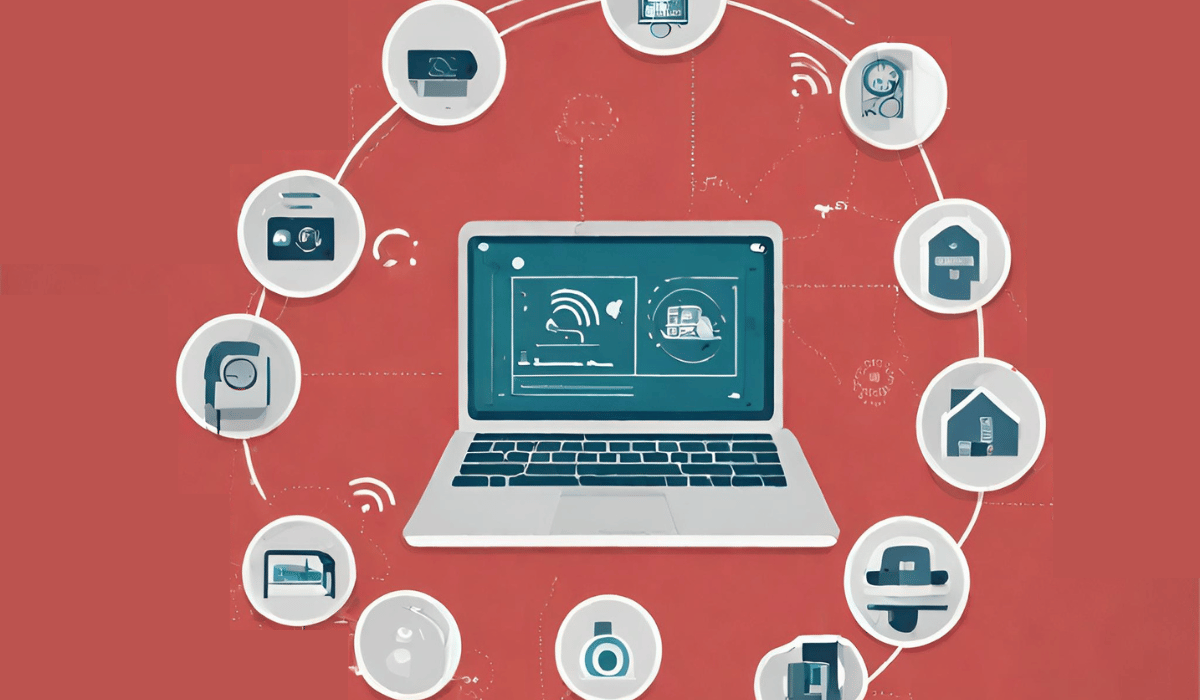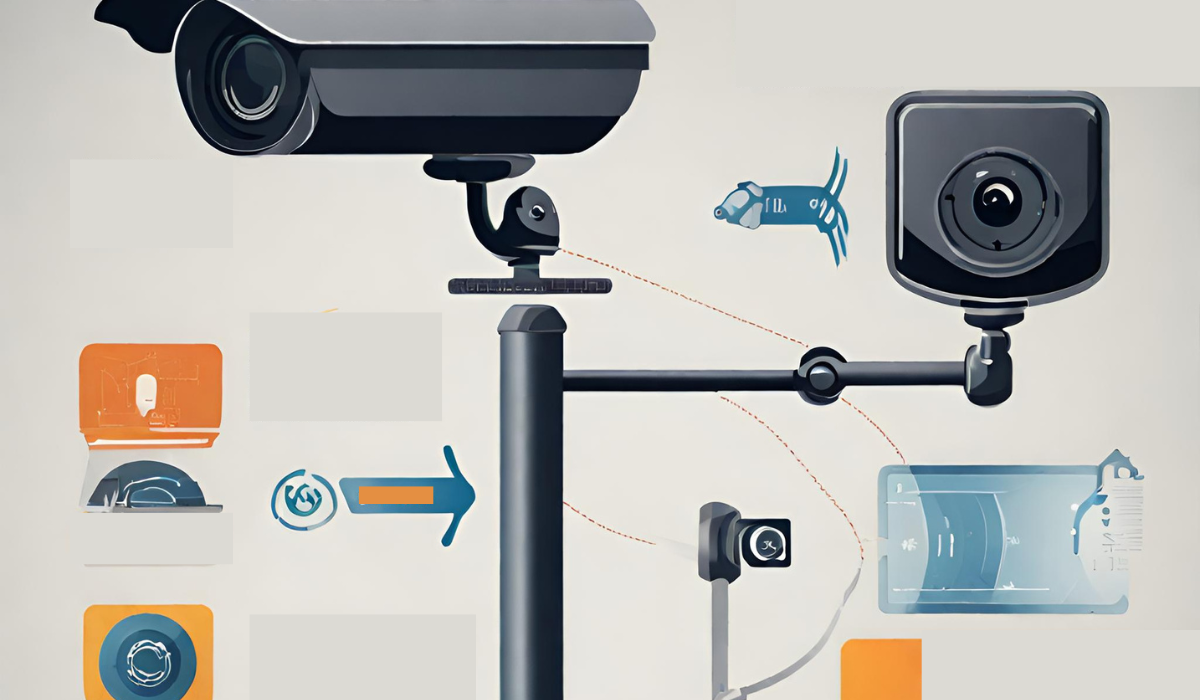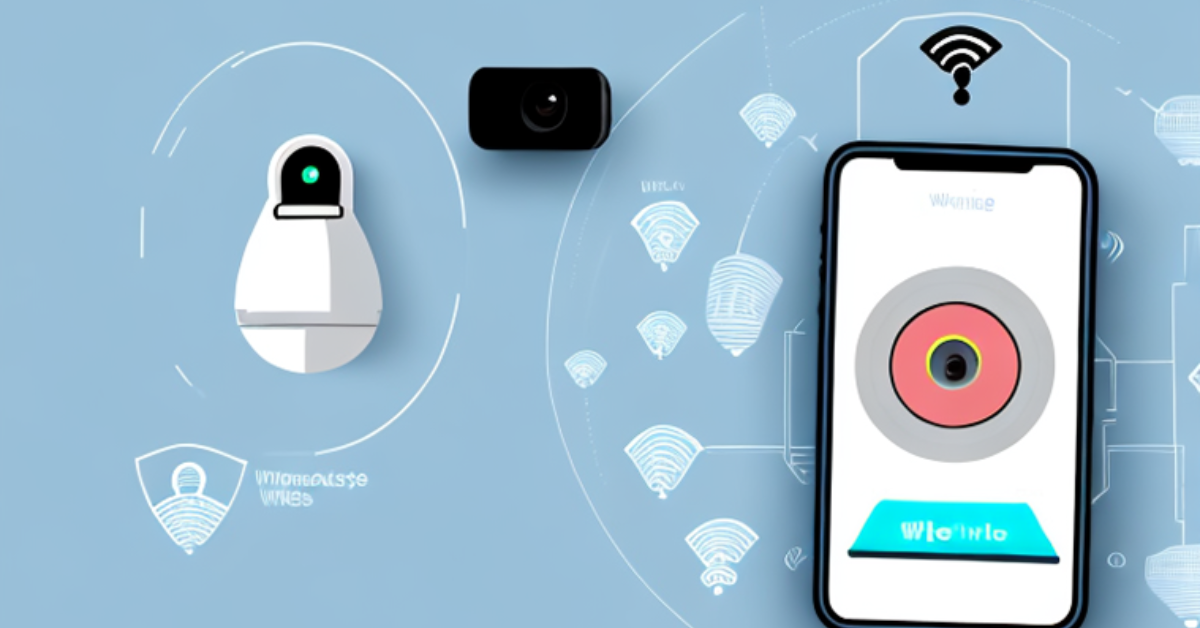The amount of data a wireless security camera uses depends on several factors, such as the camera’s resolution, frame rate, compression settings, and the length of time it records. On average, a wireless security camera can use anywhere between 1 to 2 gigabytes (GB) of data per day for standard definition (SD) video and up to 4 to 7 GB per day for high definition (HD) video. However, it’s important to note that these figures can vary significantly based on the camera’s specific settings and usage patterns.
Wireless security cameras have become increasingly popular due to their convenience and ease of installation. However, many people’s concern is how much data these cameras use. I will explore the factors that influence data consumption in wireless security cameras, how to estimate the data usage of your camera, and ways to reduce data usage.
Understanding Data Usage in Wireless Security Cameras
What is Data Usage?

Data usage refers to the amount of data transmitted and received by a device over a certain period. For wireless security cameras, the camera’s resolution primarily determines data usage, the recording method used, and the frequency and duration of recording events.
Regarding resolution, higher-resolution cameras tend to use more data because they capture more detail in each frame. This means that if you have a wireless security camera with a 4K resolution, it will consume more data compared to a camera with a 1080p resolution. So, if you are concerned about data usage, you may want to consider the resolution of the camera you choose.
The recording method used also plays a role in data usage. Some cameras continuously record footage, while others only record when motion is detected. Continuous recording cameras will naturally use more data as they constantly capture and transmit video streams. On the other hand, cameras that only record when motion is detected will use less data since they are not constantly transmitting footage.
Furthermore, the frequency and duration of recording events impact data usage. If your camera is in an area with a lot of movement or activity, it will record more frequently, leading to higher data usage. Similarly, if your camera records for longer durations, it will consume more data. So, the location and purpose of your wireless security camera can influence the amount of data it uses.
How Do Wireless Security Cameras Use Data?

Wireless security cameras use data to transmit video and audio streams from the camera to a remote location, such as a smartphone or computer. This allows users to view the camera’s live feed or recorded footage from anywhere with an internet connection.
When you access the live feed of your wireless security camera through a smartphone app or a web browser, the camera streams the video and audio data to your device in real time. This requires a stable internet connection and consumes data based on the resolution and frame rate of the stream.
Additionally, some cameras may utilize cloud storage services to store recorded videos. This requires data usage to upload and download the footage to and from the cloud. When a camera is set to save recordings to the cloud, it will automatically upload the recorded videos to a remote server. This ensures that even if the camera is tampered with or damaged, the footage is still accessible. However, it’s important to note that using cloud storage for recordings will consume additional data compared to cameras that store footage locally on a memory card or a dedicated storage device.
Furthermore, accessing the recorded footage from the cloud also requires data usage. When you want to view or download a specific recorded video, your camera must download it from the cloud and stream it to your device. The amount of data used for this process depends on the size and quality of the video file.
Wireless security cameras use data to transmit live feeds, record events, and store footage. The amount of data used can vary based on factors such as camera resolution, recording method, and the frequency and duration of recording events. Considering these factors is important when choosing a wireless security camera and managing your data usage.
Factors Influencing Data Consumption in Wireless Security Cameras

Wireless security cameras have become essential for monitoring and protecting our homes and businesses. As technology advances, these cameras become more sophisticated and feature-rich. When choosing a wireless security camera, one crucial aspect is its data consumption. Understanding the factors influencing data usage can help you make an informed decision and optimize your camera’s performance.
Camera Resolution and Data Usage
One primary factor affecting data consumption in wireless security cameras is the camera’s resolution. The resolution refers to the number of pixels used to display an image or video. Higher resolution cameras, such as 4K or 1080p, offer sharper and more detailed images. However, it’s important to note that higher resolution comes at the cost of increased data consumption.
When a high-resolution camera captures video footage, it requires more data to transmit the video stream over the wireless network. This increased data usage can strain your internet connection and lead to slower network speeds. If you are concerned about data usage, opting for a camera with a lower resolution can significantly reduce the amount of data consumed.
Motion Detection and Data Consumption
Motion detection is a common feature in wireless security cameras that helps conserve data usage. When enabled, the camera only starts recording when it detects motion within its field of view. This feature can be particularly beneficial in areas with frequent movements, such as driveways or busy streets.
By utilizing motion detection, the camera minimizes data consumption by only transmitting the video stream when motion is detected. This approach is more efficient than cameras continuously recording, even when no activity exists in the frame. However, it’s important to note that motion detection still requires data to transmit the video stream whenever motion is detected.
Some advanced cameras offer customizable motion detection settings, allowing you to adjust the sensitivity and the areas that trigger motion detection. By fine-tuning these settings, you can reduce false alarms and further optimize the amount of data consumed by the camera.
Continuous Recording vs. Event-Based Recording
Another factor that influences data consumption is the recording method used by the camera. Continuous recording cameras record video footage continuously, regardless of any activity in the frame. This results in higher data usage as the camera constantly transmits the video stream to your recording device or cloud storage.
On the other hand, event-based recording cameras only record when triggered by a specific event, such as motion or sound detection. This approach significantly reduces unnecessary data consumption, as the camera only captures and transmits video footage when something is worth recording.
If data usage is a concern, opting for an event-based recording camera can help reduce unnecessary data consumption. This recording method ensures that you only capture and store relevant and valuable footage for your security needs.
In conclusion, several factors influence the data consumption of wireless security cameras. Understanding how camera resolution, motion detection, and recording methods impact data usage can help you decide when selecting a camera. By optimizing these factors, you can balance data consumption and the quality of your surveillance footage, ensuring efficient and effective monitoring of your premises.
Estimating Data Usage of Your Wireless Security Camera

How to Calculate Data Usage?
Calculating the exact data usage of a wireless security camera can be difficult as it depends on various factors, including the camera resolution, recording method, and the length and frequency of recording events. However, you can estimate the data usage by considering the average file size of a recorded video and the number of recordings you expect to have in a given time period.
Examples of Data Usage in Different Scenarios
Let’s consider an example to understand data usage better. Suppose you have a wireless security camera with a resolution of 1080p, which typically results in a file size of around 200-300MB per hour of recording. If the camera records an average of 4 hours daily, the estimated daily data usage would be around 800-1200MB or 0.8-1.2GB.
It is important to note that this is just an estimate, and the actual data usage may vary depending on factors such as compression settings, video quality, and the camera’s streaming protocol.
How to Reduce Data Usage in Wireless Security Cameras
Adjusting Camera Settings to Save Data
One of the most effective ways to reduce data usage is by adjusting the camera settings. Start by lowering the camera’s resolution to a level that provides clear enough footage for your needs but consumes less data. Experimenting with different settings can help you find the right balance between data usage and video quality.
You can also adjust the motion detection sensitivity to reduce false alarms and unnecessary recordings, thereby saving data. Additionally, limiting the duration of recordings can further decrease data consumption.
Using Wi-Fi vs. Cellular Data
Wireless security cameras can connect to the internet using Wi-Fi or cellular data. A Wi-Fi connection is recommended if possible, as it does not consume cellular data, which may be limited or subject to additional charges. However, cellular data may be the only option if Wi-Fi is unavailable or unreliable in your location.
Remember that using cellular data can result in higher data consumption, especially if the camera is continuously streaming or uploading footage to the cloud.
Key Takeaways
- The amount of data a wireless security camera uses depends on various factors, including video resolution, frame rate, compression, and recording duration.
- Higher video resolutions (e.g., 1080p or 4K) and higher frame rates result in larger file sizes and increased data usage.
- Compression techniques, such as H.264 or H.265, can significantly reduce file sizes and data usage without compromising video quality.
- Continuous recording consumes more data than event-triggered recording or motion-activated recording.
- Cloud-based security cameras may use more data than locally stored cameras, as they transmit video footage to remote servers for storage.
- To estimate data usage, consider the camera’s specifications provided by the manufacturer, including bit rate, video format, and expected recording duration.
- It is recommended to use Wi-Fi networks with sufficient bandwidth and data caps to accommodate the camera’s data usage.
- Adjusting camera settings for lower resolution, frame rate or employing motion detection can help optimize data usage without sacrificing essential surveillance functionality.
FAQs
Does a Wireless Security Camera Use Data When Not Recording?
Wireless security cameras may still consume a small amount of data even when not recording. This is because the camera needs to maintain a connection to the internet to allow remote access and monitoring. However, the data usage during idle periods is generally minimal compared to when recording events occur.
How Much Data Does a 1080p Security Camera Use?
The data usage of a 1080p security camera can vary depending on factors such as the recording method, compression settings, and the length and frequency of recording events. As mentioned earlier, a 1080p camera can typically consume around 200-300MB of data per hour of recording.
Is It Possible to Use a Wireless Security Camera Without Consuming Too Much Data?
While wireless security cameras do require data to operate, there are several measures you can take to minimize data consumption. These include adjusting camera settings to reduce resolution, utilizing event-based recording, customizing motion detection settings, and connecting to a Wi-Fi network whenever possible.
Will a wireless security camera use my home internet data?
Yes, wireless security cameras that connect to your home Wi-Fi network will use your internet data. The data consumed depends on the camera’s settings and usage patterns.
Can I set data usage limits for my wireless security camera?
Some advanced security camera systems or associated software may offer options to set data usage limits or notifications. Check the camera’s documentation or consult the manufacturer for specific features and capabilities.
Conclusion
By implementing these strategies, you can strike a balance between ensuring adequate surveillance and minimizing data usage with your wireless security camera. Understanding the factors influencing data usage in wireless security cameras is essential for making informed decisions and optimizing data consumption. By considering factors such as camera resolution, recording method, and motion detection settings, you can estimate and manage the data usage of your wireless security camera more effectively. Adjusting camera settings and utilizing Wi-Fi connections can reduce data consumption. With the right approach, you can balance data usage and effective surveillance for peace of mind.
